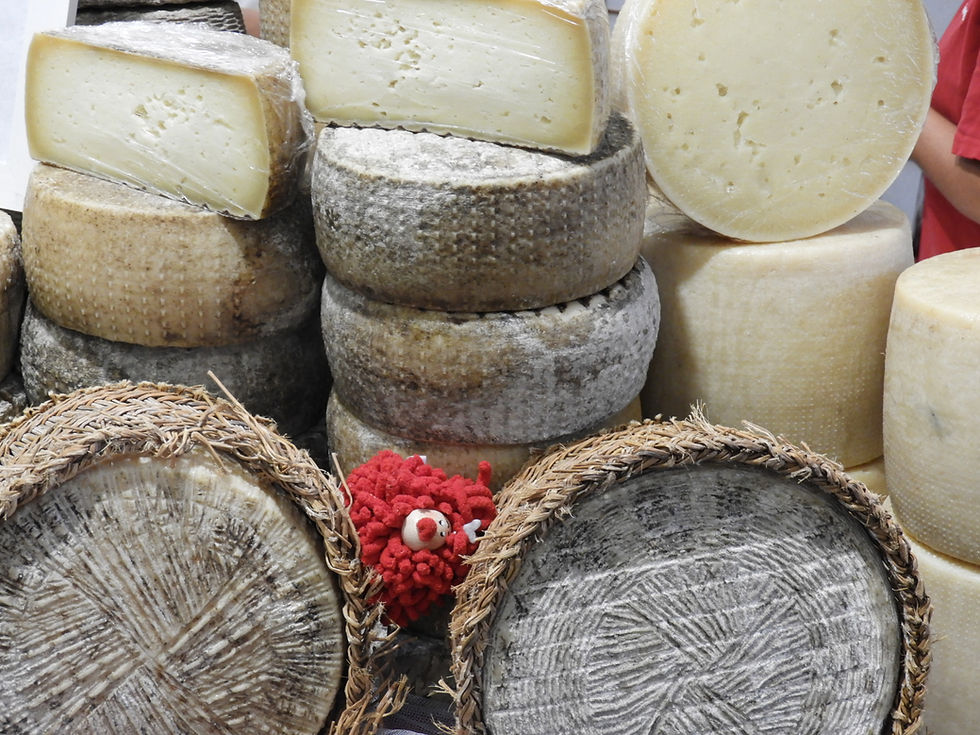Friuli-Venezia Giulia
- Aug 26
- 2 min read
Updated: Sep 12
Geography and Administration
Friuli-Venezia Giulia is located in the north-east of Italy and is recognised as the country’s fifth smallest region, covering an area of 7,856 square kilometres. With approximately 1.2 million inhabitants, the region is divided into four provinces: Gorizia, Pordenone, Trieste, and Udine. Trieste serves as the capital city of Friuli-Venezia Giulia.
The region shares its northern border with Austria and its eastern border with Slovenia. To the south, Friuli-Venezia Giulia meets the Adriatic Sea, and to the west, it borders the Veneto region.
Friuli-Venezia Giulia is one of Italy’s five autonomous regions with a special statute. Alongside Sardinia, Sicily, Trentino-Alto Adige, and Aosta Valley, Friuli-Venezia Giulia enjoys a degree of independence from the Italian state, managing its own administration, legislation, and finances.

Historical and Strategic Importance
Historically, Friuli-Venezia Giulia has served as a gateway to the sea for many Central European countries. The region is traversed by major transport routes that connect eastern and western southern Europe. Friuli-Venezia Giulia was established by combining two regions—Friuli and Venezia Giulia—each with distinct histories, traditions, and identities.

Climate and Activities
The region is renowned for its pleasant weather. The air is notably fresh and clean, and Friuli-Venezia Giulia enjoys abundant sunshine, especially when compared to the Italian Lake District further south and west. This makes it an ideal destination for outdoor activities such as hiking in spring and summer, skiing in winter, and enjoying the local cuisine throughout the year.
Local Cuisine and Produce
The local cuisine, known as Altoatesino, draws on the rich agricultural and dairy traditions of the region. Dairy products such as milk, cream, butter, and cheese come from Alpine cows. The cuisine also features local ingredients like poppy seed, cinnamon, horseradish, garlic, chive, and dill. Berries, especially the local red berry called Mirtilli (like cranberry), are popular.
Two of the most celebrated foods from Friuli-Venezia Giulia are speck and canederli (dumpling). Soups are a staple, and meats such as pork, blood sausage, and veal—often used for Wienerschnitzel—are commonly enjoyed. Fish, particularly trout from the Pizarro River, is typically smoked, boiled, or sautéed.
The region boasts four notable cheeses: Formadi Frant and Formaggio di Latteria Turnaria (both recognised as Slow Cheese Presidios), along with Montasio and Salato of Asino.

Wine Production
Most wines produced in Friuli-Venezia Giulia come from small family-owned vineyards. The region offers a diverse array of grape varieties and wine blends, including Carso, Colli Orientali del Friuli, Collio, Isonzo, Malvasia Istriana, Pignolo, and Verduzzo Friulano.




Comments